A Tsetse Fly Births One Enormous Milk-Fed Baby
Mammalian moms aren’t the only ones to deliver babies and feed them milk. Tsetse flies, the insects best known for transmitting sleeping sickness, do it too.
A researcher at the University of California, Davis is trying to understand in detail the unusual way in which these flies reproduce in order to find new ways to combat the disease, which has a crippling effect on a huge swath of Africa.
When it’s time to give birth, a female tsetse fly takes less than a minute to push out a squiggly yellowish larva almost as big as itself. The first time he watched a larva emerge from its mother, UC Davis medical entomologist Geoff Attardo was reminded of a clown car.

“There’s too much coming out of it to be able to fit inside,” he recalled thinking. “The fact that they can do it eight times in their lifetime is kind of amazing to me.”
Tsetse flies can live four to five months in a lab and they deliver those eight offspring one at a time. While the larva is growing inside them, they feed it milk. This reproductive strategy is extremely rare in the insect world, where survival usually depends on laying hundreds or thousands of eggs. Only a few other insects – deer keds, sheep keds and bat flies – are known to grow larvae that they feed with milk.
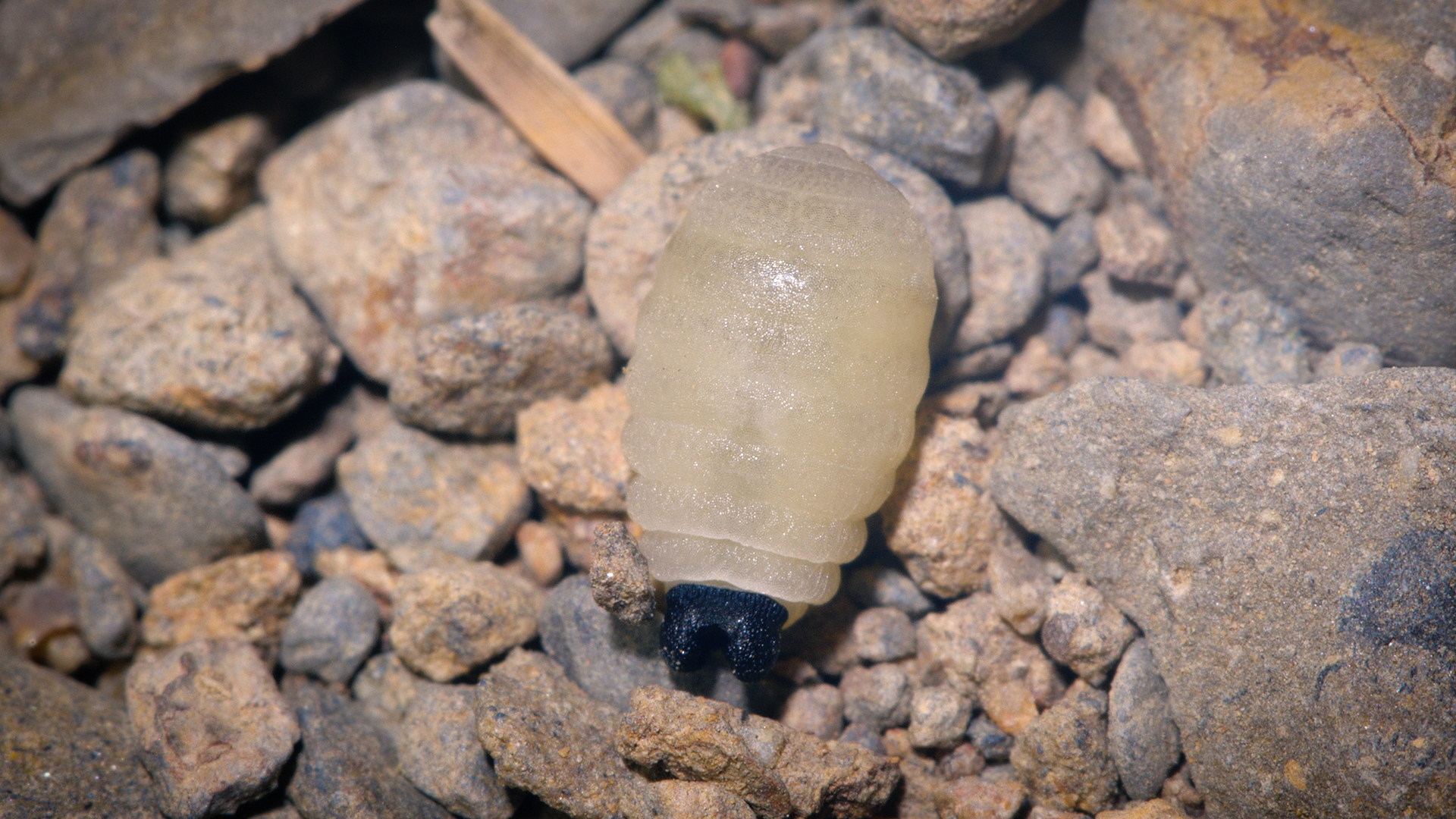
Attardo said he believes that tsetses’ rare reproductive strategy might have started with the threat that parasites posed to them millions of years ago.
“Either the larvae or the adults were under very heavy parasitoid pressure,” he said. “Maybe by keeping the larva with the mother longer, it reduced the chances of the offspring being parasitized.”
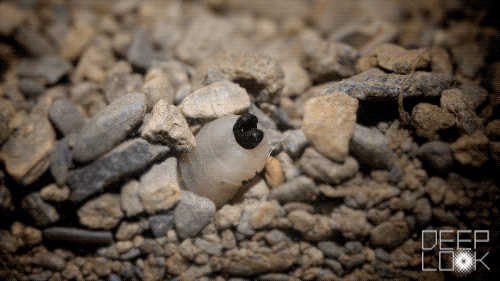
Tsetse flies, which are only found in Africa, feed exclusively on the blood of humans and other domestic and wild animals. As they feed, they can transmit microscopic parasites called trypanosomes, which cause sleeping sickness in humans and a version of the disease known as nagana in cattle and other livestock.
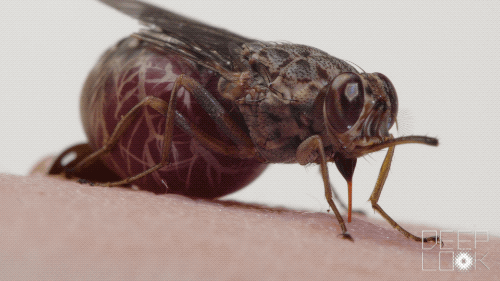
Nagana makes it so that cattle can’t be raised efficiently in a region across the middle of Africa that’s about the size of the United States. It means less meat and milk is available to feed the population and fewer animals to help farmers plow their fields. According to the World Health Organization (WHO), the disease in cattle is “a major obstacle to the economic development of affected rural areas.” The losses are estimated to be between $1 billion and $5 billion per year.
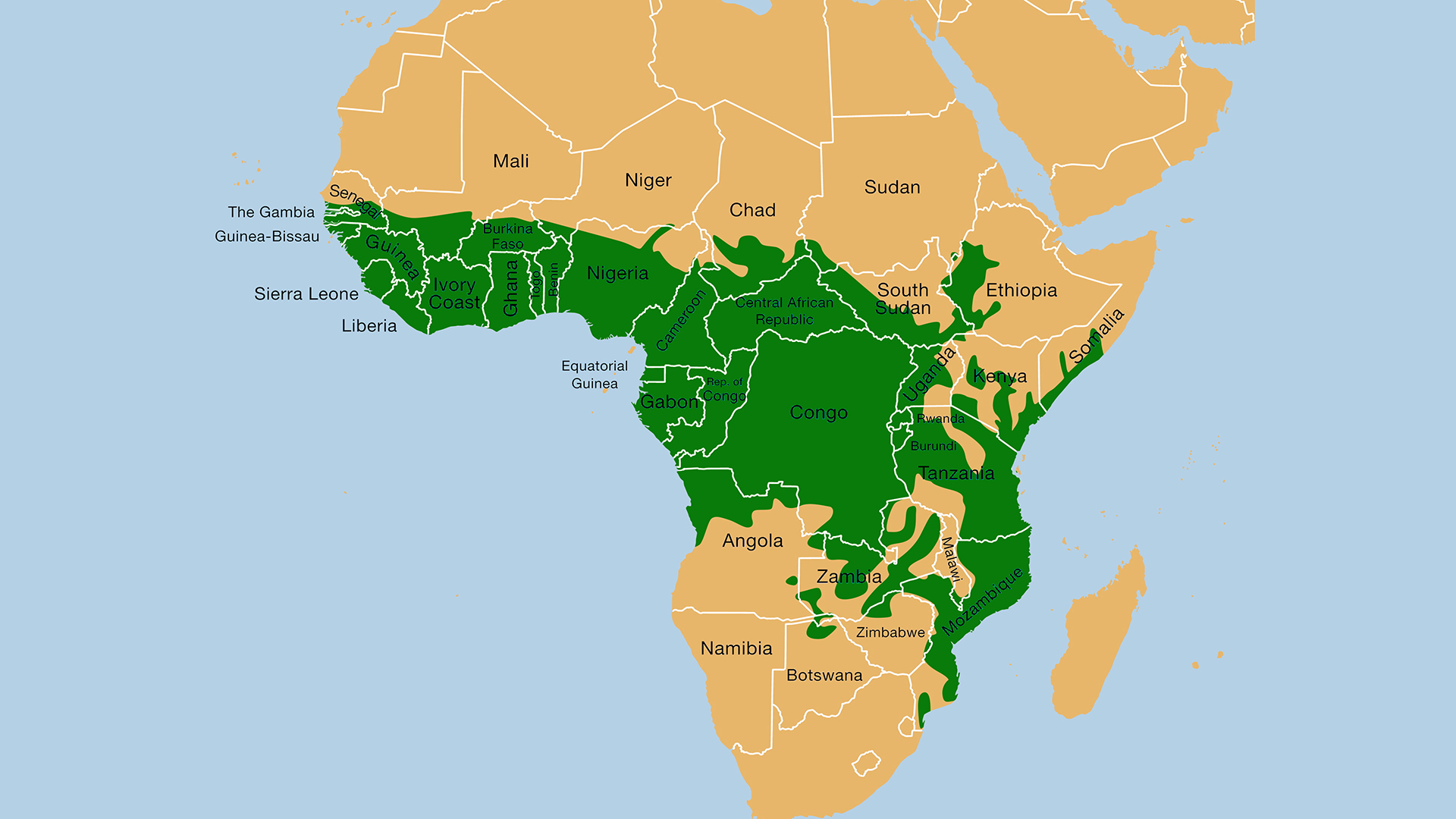
In humans the disease starts with fatigue, anemia and headaches. It is treatable with medication, but if trypanosomes invade the central nervous system they can cause sleep disruptions and hallucinations and eventually make patients fall into a coma and die.
Spraying insecticides and setting traps to kill the flies has helped reduce the number of people who develop sleeping sickness. While 40,000 cases were reported in 1998, fewer than 1,000 cases were recorded in 2018, according to the WHO.
Countries have also experimented with air-dropping male tsetse flies that have been irradiated to make them sterile. That way, when they breed with females, no new flies are born. But even more tools are needed, Attardo said, and he would like to figure out a way to make female flies unable to reproduce also.
To do this, he is investigating the intricacies of tsetse fly reproduction.
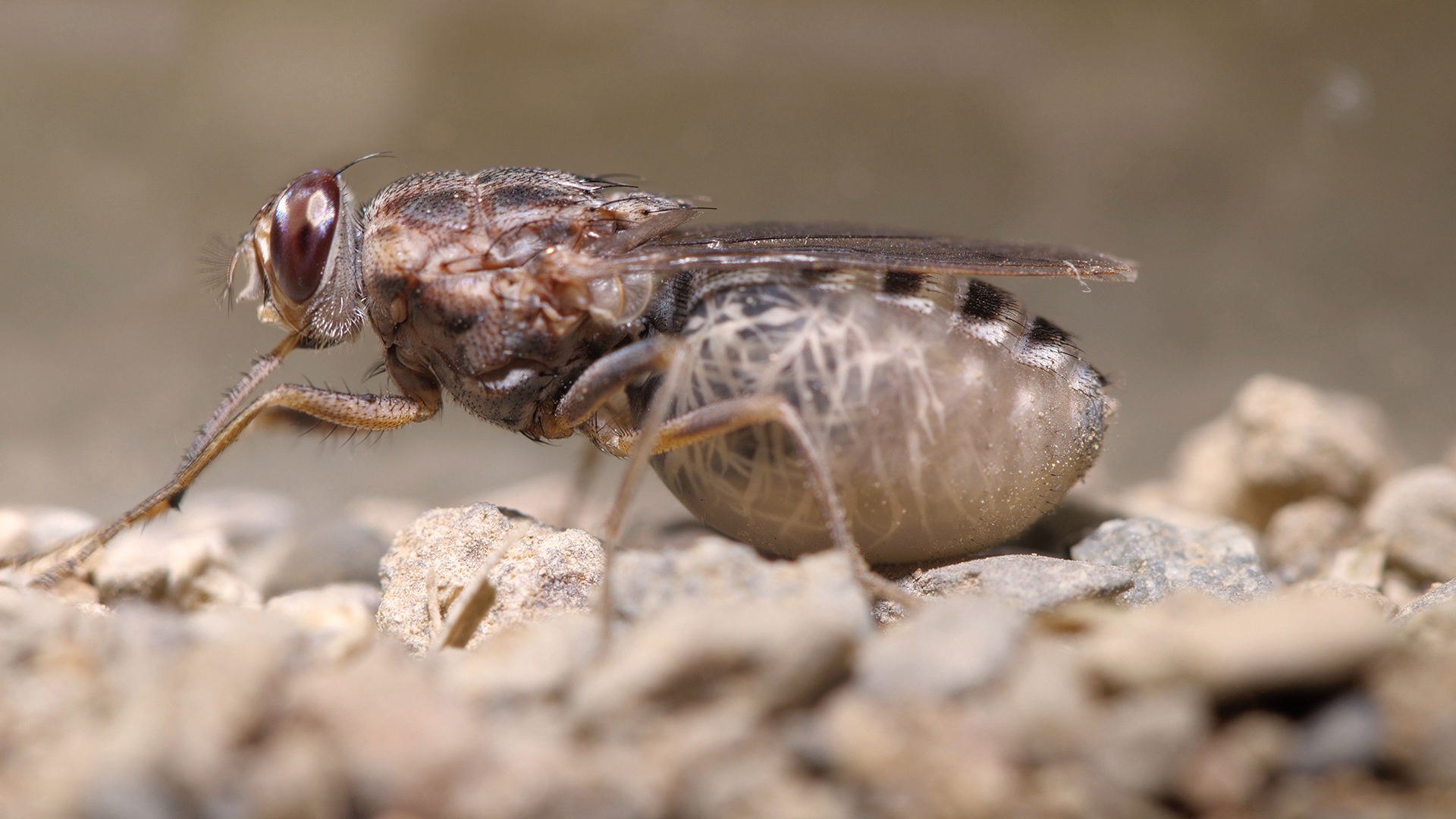
At UC Davis he studies one of 35 species of tsetses, a fly called Glossina morsitans morsitans that can feed on humans but prefers cattle. In the lab, he feeds them warmed cow’s blood that they sip through a silicone membrane with their mouthpart.
“They’re designed for puncturing cattle hide,” he said. “They’re pretty tough.”
A female tsetse fly eats the most right after she mates. During the hour-long encounter, she receives and stores inside her all the sperm she needs to make all the offspring she’ll birth in her lifetime. She never needs to mate again, and the male makes sure she doesn’t by also delivering a substance that makes her lose interest in sex.
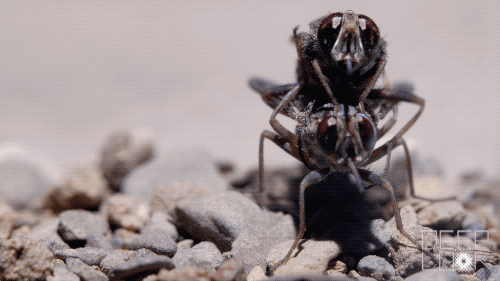
If he can figure out what that substance is, Attardo could see bottling it and spraying it on flies. This could be a successful control strategy because females are known to be able to prevent males from mating with them.
“The females definitely are making the decisions,” said Attardo. “She’ll sort of tuck her abdomen underneath her body to prevent him from gaining access, and buzz her wings and knock him off.”
If females could be made to permanently lose interest in mating, they’d become what Attardo calls “a reproductive dead end.”
Researchers are also investigating exactly what happens to a female when she does mate and grow a larva inside her.
Tsetses don’t use breasts to lactate, though an illustration of the inside of a pregnant tsetse created by Attardo looks curiously similar to a cross section of the inside of a human breast. Tiny tubes wind around, carrying milk to the developing larva, which sucks it up with two straw-like tubes on its head. Tsetse milk has proteins and fats with the same functions as proteins and fats in human breast milk.
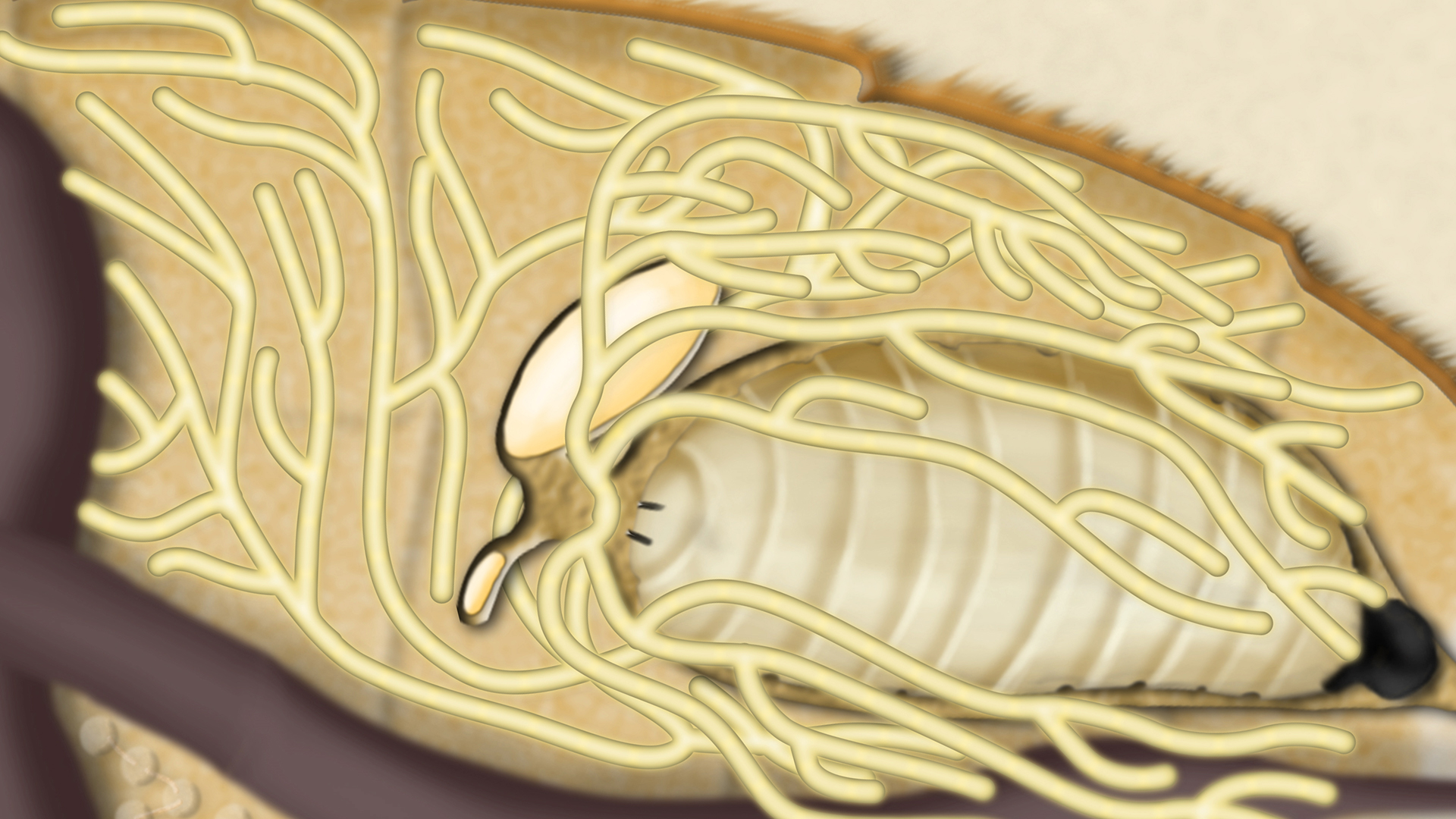
Milk production is taxing for fly mothers.
“They have to produce more than their body weight in milk,” he said. “To do that they need really large amounts of protein, so they blood-feed very frequently, and that requirement to do all that blood feeding makes them a good vector.”

Researchers have found that tsetse females have a bacterium called Wigglesworthia glossinidia growing inside them. When they kill the bacteria with antibiotics, female flies are no longer able to grow a larva. Young larvae stop growing inside their mothers and are aborted. The results of an experiment by Attardo, which he hasn’t published yet, suggest that this happens because flies without the bacteria have trouble making milk.
“These flies, they become almost obese,” he said. “So their fat storage organs are just filled with fat, but they don’t seem to be able to actually move it from the storage organ into the milk glands where it needs to go to make the milk.”
Translating that finding into a treatment could be tricky, however.

“You could probably pump livestock full of antibiotics,” he said. “But it’s not a good idea to be just throwing antibiotics out around the environment, because that tends to generate antibiotic-resistant microbes.”
A tsetse fly’s reproductive system seems “like the kind of process where there are lots of places you could throw a wrench in and disrupt it,” said Attardo.
And so his search for a wrench continues.
